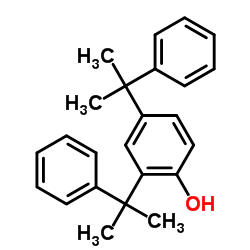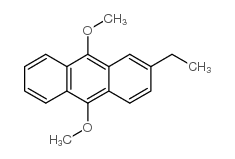| Structure | Name/CAS No. | Articles |
|---|---|---|
 |
2,4-Bis(α,α-diMethylbenzyl)phenol
CAS:2772-45-4 |
|
 |
2-ETHYL-9,10-DIMETHOXYANTHRACENE
CAS:26708-04-3 |